QuestionHello,
I am interested in keeping Paradise fish.
I have a 10 gallon tank with many fake plants,
a power filter, a glass cover and a full hood.
I am an experienced fish keeper, but would like
to know. Would a Paradise fish live comfortably
in a tank this size? And I was wondering if there
are any other fish that would be able to live with
a Paradise fish that can stand its aggression?
Such as Corydoras catfish?
Thank you for your help,
Susan.
AnswerHi Susan;
Corys and other cats are okay with them. Barbs and sharks are okay with paradise too, but the tank is too small for these guys. Two paradise and a cory cat or two would be okay for the 10 gallon. If it's a new tank it has to go through the break-in period. Just in case it is I will include my article about it at the end of this letter to refresh your memory about how to handle it.
Here are some web pages about paradise that may interest you;
http://www.aquariumfish.net/catalog_pages/gouramis/paradise_fish.htm
http://www.fishpondinfo.com/parad.htm
http://www.aquarticles.com/articles/breeding/Wilkinson_Labyrinth2.html
**********
New Tank Syndrome or Break-in Period
So you have a new tank and you filled it up, put the filter together, mounted the heater into place and turned on the lights. You have all the plants and decorations where you want them....
You are ready for fish.
But, your filter is not ready for a full tank of fish yet.
The filter is running and moving the water and cleaning out crud, right? Of course!
But a very important part of your filter is the part you can't see. An aquarium filter removes the larger visible stuff, but it also must remove the dissolved fish waste that turns into ammonia in the water. To do this, special bacteria must grow in the filter system and on the particles of gravel in the bottom of your tank. This process occurs even on a limited scale in little fish bowls that have no filter in them.
This is "New-Tank Syndrome" or the "Break-in Period". The entire process takes 6 to 8 weeks to complete because these "nitrifying" bacteria grow quite slowly.
Start off with only two hardy fish for every ten gallons of water and don't add more until the 6 to 8 weeks has gone by. Hard to be patient, but it is worth it to keep your fish alive and healthy. As a matter of fact, the bacteria cannot develop without fish in the tank. You can let that tank sit forever without fish in it, but as soon as the first fish goes in the process begins. Feed your new fish VERY lightly. Any excess food will cause additional waste your system cannot afford to have right now. If you see food floating around or lying on the plants and gravel after five minutes, too much food is going into the tank. Cut back a little each time you feed until it is ALL gone 5 minutes after you feed them.
During this "break-in period" your tank will become cloudy and milky looking. You may have to tolerate this for the entire break-in period but it is only temporary. Changing 25% of the water three times a week until the break-in period is over helps a great deal. Changing water reduces the ammonia and nitrites that rise while the bacteria continues to multiply. If ammonia and/or nitrites become too high, your fish will become stressed and possibly die. Use a good water conditioner when you replace the water and make sure it is the right temperature to avoid shocking your fish.
When the break-in period is over, do regular water changes and vacuum the gravel at the same time. A change of 25% every one to two weeks is a good rule of thumb. It simply needs to be done for healthy fish.
Following these guidelines will help you get your new tank on the right track.
**********
Followups welcome.
At Your Service;
Chris Robbins

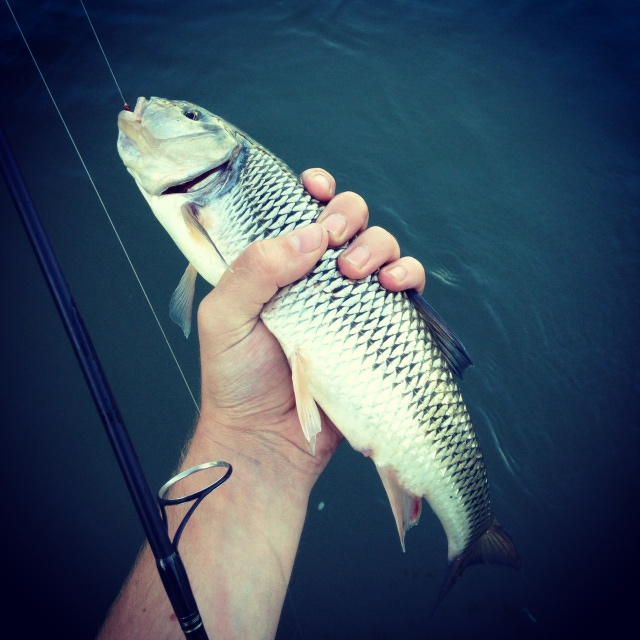 Cant figure out the fish I caught
Question
Photo 1 Photo 2
Hello,
All my y
Cant figure out the fish I caught
Question
Photo 1 Photo 2
Hello,
All my y
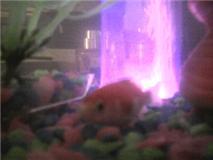 my fish is sinking to the bottom
QuestionQUESTION: Hello, my fish is sinking to the bott
my fish is sinking to the bottom
QuestionQUESTION: Hello, my fish is sinking to the bott
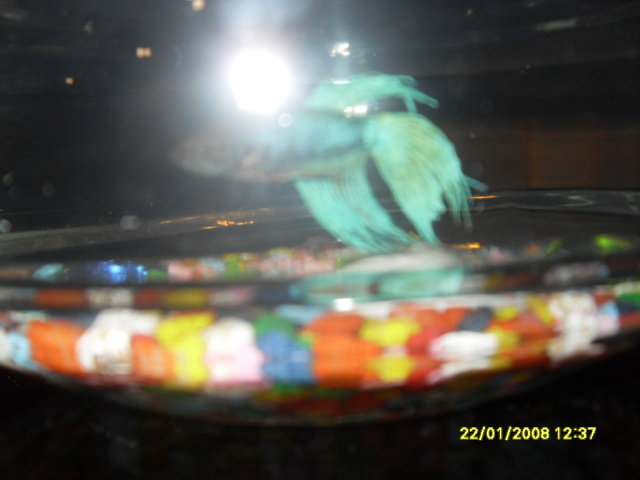 BETTA DEPRESSION EMERGENCY!
QuestionQUESTION: Hi, i have a new beta fish and he is
BETTA DEPRESSION EMERGENCY!
QuestionQUESTION: Hi, i have a new beta fish and he is
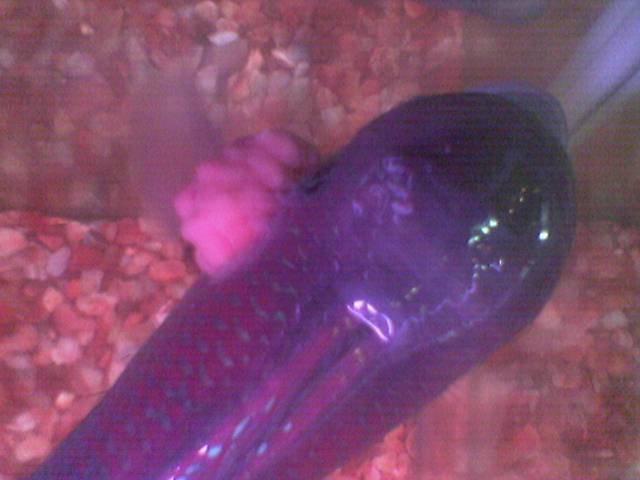 flower horn fungus
Question
flower horn fungus
Hello there,
I have a flowe
flower horn fungus
Question
flower horn fungus
Hello there,
I have a flowe
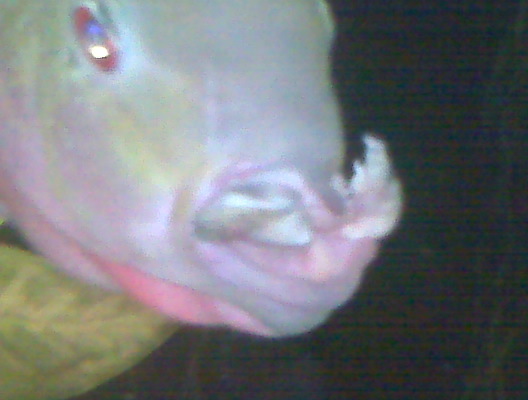 Flowerhorn Even Worse!
Question
Very Sick Flowerhorn
Hello, I sent an email ea
Flowerhorn Even Worse!
Question
Very Sick Flowerhorn
Hello, I sent an email ea